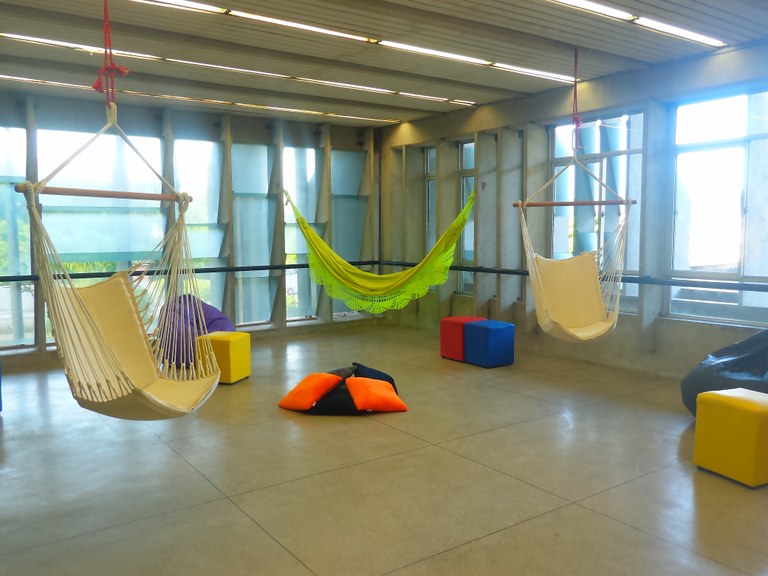A tipificação da violência contra a mulher no município Juazeiro/BA
DOI:
https://doi.org/10.22478/ufpb.1809-4775.2020v16n3/4.55150Abstract
The social context marked by gender inequality, whose male supremacy justifies female subjugation, finds in violence against women a device sustaining this phenomenon. The study aims to analyze the most recurrent types of violence in Juazeiro/BA, detected by the Center for Integrated Care for Women (CIAM), through the classification of Law 11.340/06. It also aims to outline the socioeconomic profile of those assisted and discuss the effectiveness of public policies in this scenario, based on data on recidivism. The methodological approach adopted is qualitative quantitative of the records of care performed between 2006 and 2018. The analysis comprises the annual survey systematized by the center and five registration forms of women who sought CIAM in 2017 e 2018. The results indicate psychological violence as the one with the highest incidence in the period, recording 41.29% of the 2,143 reported cases. A profile pointed out by women between 22 and 49 years of age, who completed high school, unemployed, with family income between one and two minimum wages, pointing the aggressor as a provider of the house and with more than 10 years of coexistence. Regarding the effectiveness of public policies, in 2015 there were 281 cases, of which 33.8% were recurrences. The data indicate a process of denaturalization of violence, notably in its psychological aspect, evoking the public power for the development of coping mechanisms more in line with the characterized profile. The weakness of the care network in relation to the percentage of women victimized by recurrence is problematized, requiring a more holistic state action.Downloads
Download data is not yet available.
Downloads
Published
2021-02-16
Issue
Section
Reserch Reports













